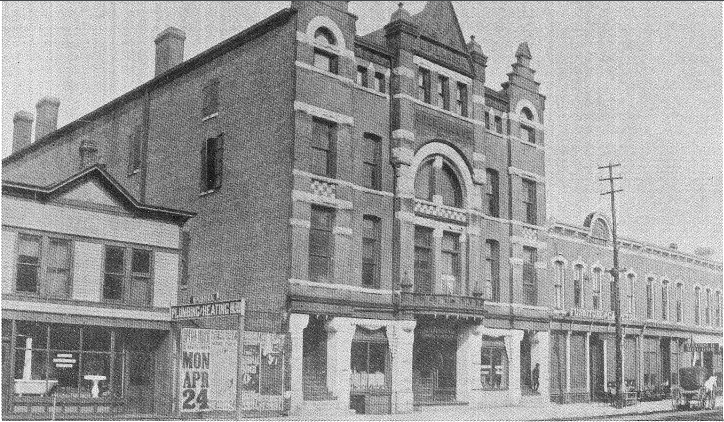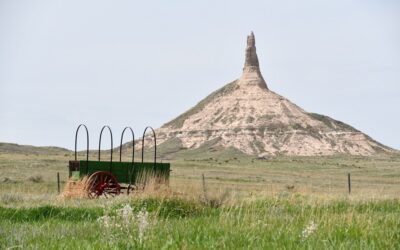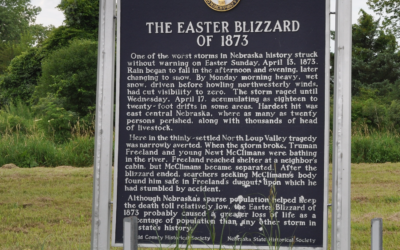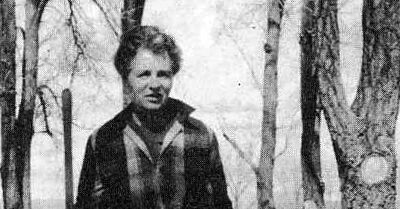In the early twentieth century the Love Opera House provided varied entertainments for residents of Fremont. Local people sometimes appeared there as actors or singers, and the opera house became a source of pride for the entire community.
In the afternoon of New Year’s Eve, 1887, a fire destroyed Fremont’s first opera house. Built-in 1874 by E. O. Crosby and later sold to Zach Shed, this building boasted a seating capacity of 750 and a stage 20 feet by 40 feet. Although the fire did not totally destroy the structure, it did mean the end of its use as an opera house. The townspeople of Fremont were disappointed, for they had been accustomed to having a thriving theater. In its last full season of operation, from September 1886, through July 1887, the Shed Opera House had booked nearly thirty nights of performances. These included five minstrel shows, Uncle Tom’s Cabin, and Monte Cristo. In July 1887, the famous Lilly Langtry played for one night and took in over $1 00 in ticket sales. Considering that ticket prices were only about twenty-five cents and the town had about 5,000 people, that was a good box office. Manager Charles D. Marr had scheduled Minnie Maddern to appear on the evening of December 31, 1887. The future looked prosperous. One journalist was led to write, “Fremont is entitled to a first-class opera house.”
Read the full article here.

After its 1905 renovation it was known as the “New Larson Opera House.”



